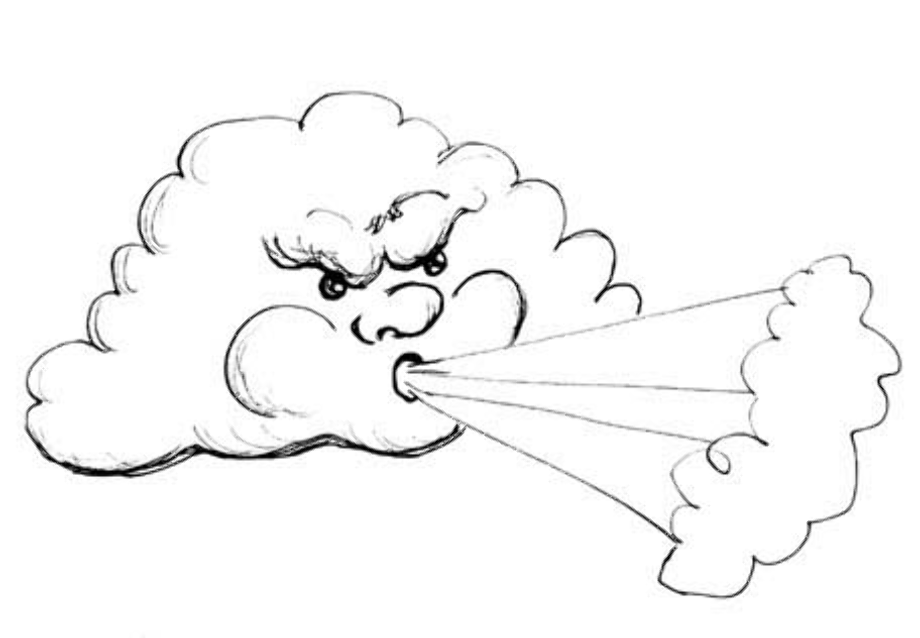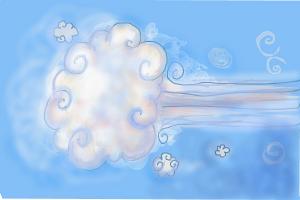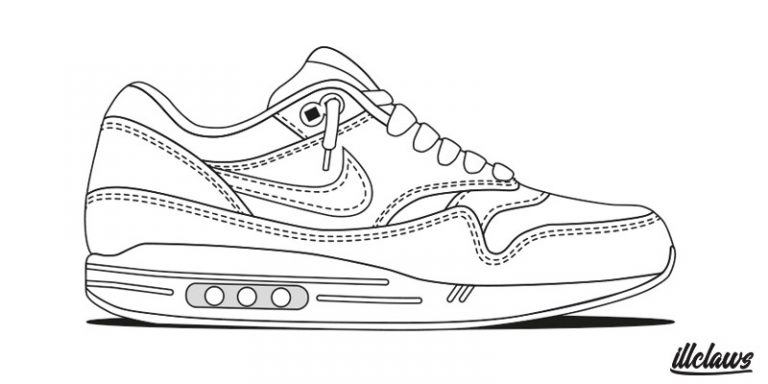Air draw wind easy drawings kids drawingnow step
Table of Contents
Table of Contents
If you’re an artist or someone who loves to draw, there will come a time when you might want to learn how to draw air. It may sound simple at first, but drawing something invisible and intangible can be quite challenging. However, with the right techniques and a bit of practice, you can learn how to draw air realistically and accurately. Keep reading to find out how.
The pain points of drawing air
Drawing air can be challenging for several reasons. First of all, air is invisible, which means that you can’t simply draw an outline of it, like you would with a physical object. You also have to consider the way light interacts with air, as it can affect how it appears in your drawing. Finally, air is constantly moving, which means that you have to find a way to capture its dynamic nature in your artwork.
How to draw air
As mentioned earlier, the first step in drawing air is to understand how it interacts with light. In most cases, air appears to be a clear, colorless medium. However, it can also appear to be blue or orange, depending on the time of day and the angle of the sun. To draw air realistically, start by creating a light sketch of your composition. Then, use your pencil or charcoal to carefully shade in the areas where air is present, such as around objects or in the background of your scene.
One way to create the illusion of air in your drawing is to use hatching and cross-hatching techniques. These techniques involve drawing a series of parallel lines in different directions, which can create the impression of depth and movement. Another way to create the illusion of air is to use different tones and shades of white, blue, or gray to show areas of light and shadow.
Summary of how to draw air
To summarize, drawing air can be challenging, but it is definitely possible. To draw air realistically, you need to understand how it interacts with light, use shading and hatching techniques to create depth and movement, and show different tones and shades to represent areas of light and shadow.
My personal experience
When I first started drawing air, I found it difficult to capture its dynamic nature. I could draw objects and people realistically, but air was a different story. However, after practicing for some time, I started to develop my own techniques for drawing air. One of my favorite approaches is to use cross-hatching to create the impression of air currents and movement.
 Drawing air and the use of negative space
Drawing air and the use of negative space
Another important aspect of drawing air is the use of negative space. Negative space refers to the areas around and between objects, where the background shows through. By using negative space effectively, you can create the illusion of air and atmosphere in your drawing.
For example, if you’re drawing a landscape, you can use negative space to show the vastness of the sky and the air around you. Instead of focusing only on the physical objects in the scene, try to think about the air that surrounds you and how it affects the mood and atmosphere of the piece.
 ### Drawing air in motion
### Drawing air in motion
If you want to draw air in motion, you need to pay special attention to the way it moves and flows. One effective technique for capturing this movement is to draw air currents as wavy lines or swirls. You can also use arrows or streaks to show the direction of the wind or other types of air movement.
Another important thing to keep in mind when drawing air in motion is to use soft lines and curves. Air is a fluid substance, and using too many sharp angles and straight lines can make your drawing look stiff and static. Instead, try to use graceful curves and flowing lines to show the movement and fluidity of the air.
 #### Using textures and patterns to draw air
#### Using textures and patterns to draw air
If you want to add more depth and texture to your drawing of air, you can use various textures and patterns. For example, you can use small dots or strokes to create a sense of turbulence or eddies in the air. You can also use soft smudging to create a sense of haze or mist.
Another interesting technique is to use fractal patterns to create a sense of scale and complexity in your drawing. Fractals are repeating patterns that occur at different scales and sizes, and they can be found in many natural phenomena, including clouds, trees, and even air.
Question and Answer
Q: Is drawing air difficult?
A: Drawing air can be challenging, but it is definitely possible with practice and patience. It requires an understanding of light and shadow, as well as the use of different techniques and approaches to create the illusion of air and atmosphere in your drawing.
Q: What tools do I need to draw air?
A: You don’t need any special tools to draw air, but having a range of pencils, charcoals, and other drawing materials can help you create the textures and tones you need to represent air in your artwork.
Q: How can I improve my drawing skills?
A: The best way to improve your drawing skills is to practice regularly. Set aside time each day to practice drawing, and try to challenge yourself by exploring new techniques and subjects. You can also take classes or workshops to learn from other artists and get feedback on your work.
Q: What are some common mistakes to avoid when drawing air?
A: One common mistake is to overlook the importance of negative space in creating the illusion of air and atmosphere. Another mistake is to use too many sharp lines and angles, which can make your drawing look stiff and unnatural. Finally, make sure to pay attention to the way light interacts with air, as it can affect how it appears in your drawing.
Conclusion of how to draw air
In conclusion, drawing air may seem like an intimidating task, but it is definitely within your reach. With the right techniques and a bit of practice, you can learn how to draw air realistically and capture its dynamic nature in your artwork. So, grab your pencils and start drawing!
Gallery
Drawing In The Air - YouTube

Photo Credit by: bing.com / air drawing
How To Draw Air | DrawingNow

Photo Credit by: bing.com / air draw wind easy drawings kids drawingnow step
How To Draw Air For Kids Step By Step : Http://rgbpencil.com/pages/how

Photo Credit by: bing.com /
Download High Quality Wind Clipart Angry Transparent PNG Images - Art

Photo Credit by: bing.com / wind windy cloud clipart pages blowing drawing coloring clip angry air weather drawings face printable winter google cute clouds color
Nike Air Max 1 Sketch - Sneakers Minute

Photo Credit by: bing.com / nike





